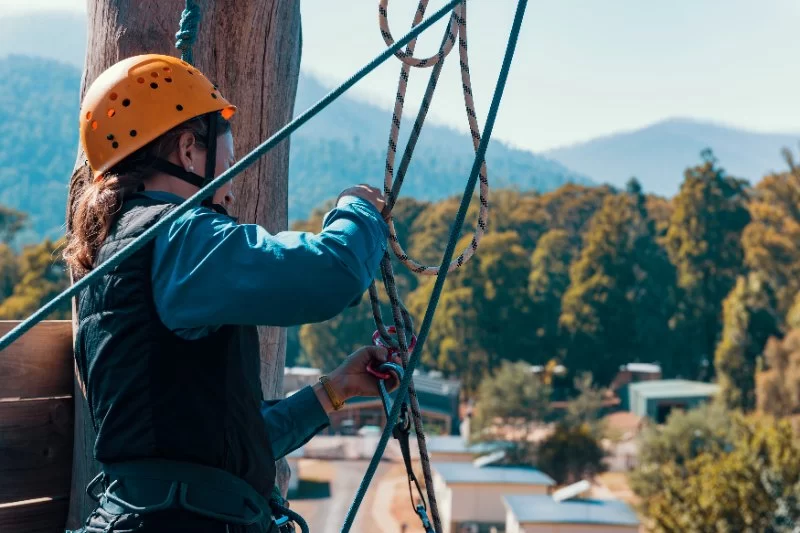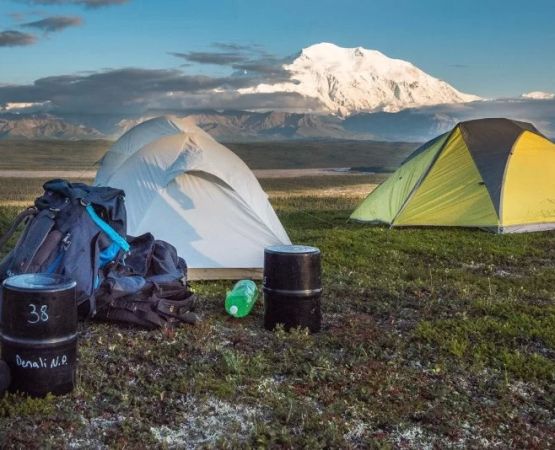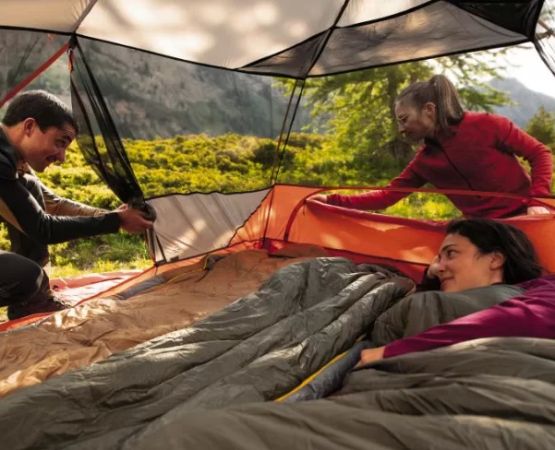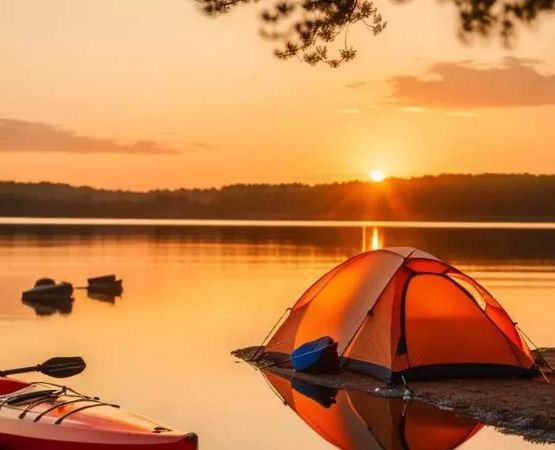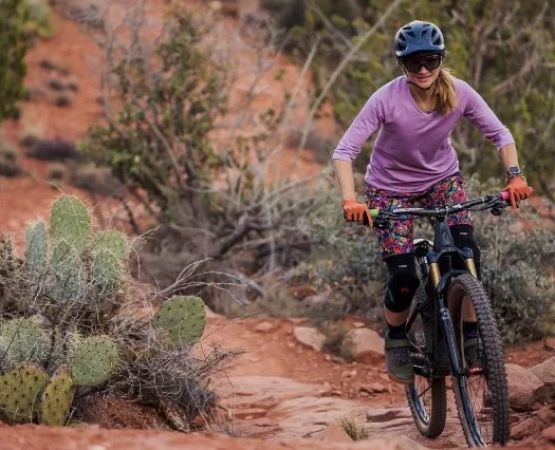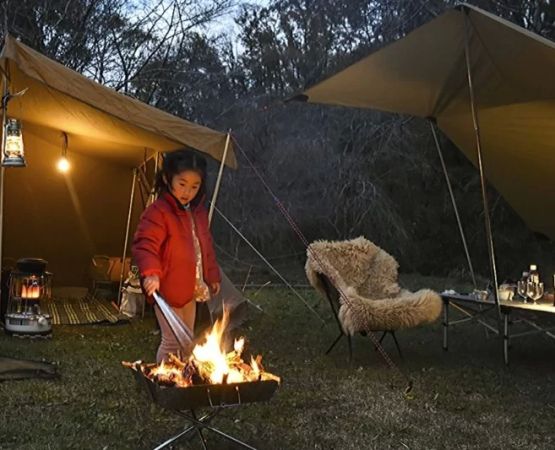- why-risk-management-matters-in-outdoor-leadership - Why Risk Management Matters in Outdoor Leadership
- understanding-the-principles-of-outdoor-risk-management-for-group-leaders - Understanding the Principles of Outdoor Risk Management for Group Leaders
- real-world-scenarios-and-lessons-learned - Real-World Scenarios and Lessons Learned
- implementing-risk-management-in-your-own-group-activities - Implementing Risk Management in Your Own Group Activities
- how-pine-cliff-resort-supports-safe-outdoor-adventures - How Pine Cliff Resort Supports Safe Outdoor Adventures
1. Why Risk Management Matters in Outdoor Leadership
Outdoor activities are inherently unpredictable—weather shifts, terrain challenges, and group dynamics can change in an instant. For group leaders, the stakes are high. A well-planned hiking trip or kayaking excursion can turn risky if the leader fails to anticipate or manage hazards. That’s why understanding the principles of outdoor risk management for group leaders is not a luxury—it’s a necessity.
Good risk management doesn’t eliminate risk; it helps you respond appropriately and prevent small issues from becoming crises. When leaders are trained to recognize, assess, and mitigate hazards, group members feel safer, enjoy more, and learn better.
2. Understanding the Principles of Outdoor Risk Management for Group Leaders
2.1 Risk Identification: Spot the Hazards Before They Become Problems
The first step in effective risk management is knowing what to look for. This includes environmental risks (e.g., thunderstorms, slippery rocks), human factors (e.g., fatigue, inexperience), and equipment issues. Leaders should conduct pre-trip assessments, map potential risks, and involve the group in identifying concerns.
2.2 Risk Assessment: Analyze Probability and Impact
Not all risks are equal. Assess how likely a hazard is to occur and how serious the consequences would be. For instance, a twisted ankle on a remote trail is far more critical than a mild sunburn. Prioritize high-impact, high-likelihood risks in your preparation and responses.
2.3 Control Measures: Proactively Reduce Exposure
Once risks are identified, develop strategies to manage them. These may include route changes, assigning roles to team members, scheduling rest periods, or even canceling the trip if red flags are too significant. Group leaders should always carry emergency communication tools and first-aid supplies.
2.4 Communication and Team Dynamics
Risk management thrives in environments where participants are informed, involved, and empowered. Encourage open communication—let your group know that it’s okay to speak up if they feel unsafe. Use briefings and debriefings as opportunities to reinforce risk awareness.
2.5 Continuous Evaluation and Adaptability
Conditions change fast in the wild. Leaders should regularly reassess the situation and adjust plans accordingly. Being flexible while staying within safe boundaries is a sign of mature leadership.
3. Real-World Scenarios and Lessons Learned
In 2019, a university-led outdoor education trip in Sabah had to be helicopter-rescued after unexpected rainfall flooded the trail. The group had a solid risk plan—backup routes, communication protocols, and gear redundancy—which minimized panic and injury.
On the flip side, an untrained hiking group in Selangor took an unmarked trail with no first-aid knowledge or radio support. When one member suffered heatstroke, the group struggled for hours before contacting help. This case emphasizes why risk management must be proactive, not reactive.
Stories like these highlight that understanding the principles of outdoor risk management for group leaders isn’t just theory—it’s what makes the difference between a close call and a serious emergency.
4. Implementing Risk Management in Your Own Group Activities
4.1 Training and Certification
Enroll in recognized outdoor leadership programs that cover first aid, emergency navigation, and group facilitation. Many offer simulations of real-world emergencies, giving you muscle memory to act confidently under pressure.
4.2 Trip Planning Tools
Use checklists and templates for pre-trip briefings, gear inspections, and contact protocols. A well-documented plan helps keep all participants on the same page and ensures that nothing is missed.
4.3 Post-Trip Reviews
After each outing, hold a short review session with your group. Discuss what went well and what could improve next time. These reflections help refine your leadership approach and build trust.
5. How Pine Cliff Resort Supports Safe Outdoor Adventures
Located in one of the most stunning forested regions of the country, Pine Cliff Resort isn’t just about scenic views—it’s about safe, guided experiences. The resort partners with certified outdoor professionals who understand both the terrain and the risks. Their guided packages come with built-in risk protocols, emergency access points, and clear group leader guidelines.
Whether you're organizing a youth camp, corporate retreat, or school field trip, Pine Cliff Resort provides the perfect combination of adventure and assurance. From curated trail options to risk orientation sessions, it’s a trusted base for leaders serious about outdoor safety.

